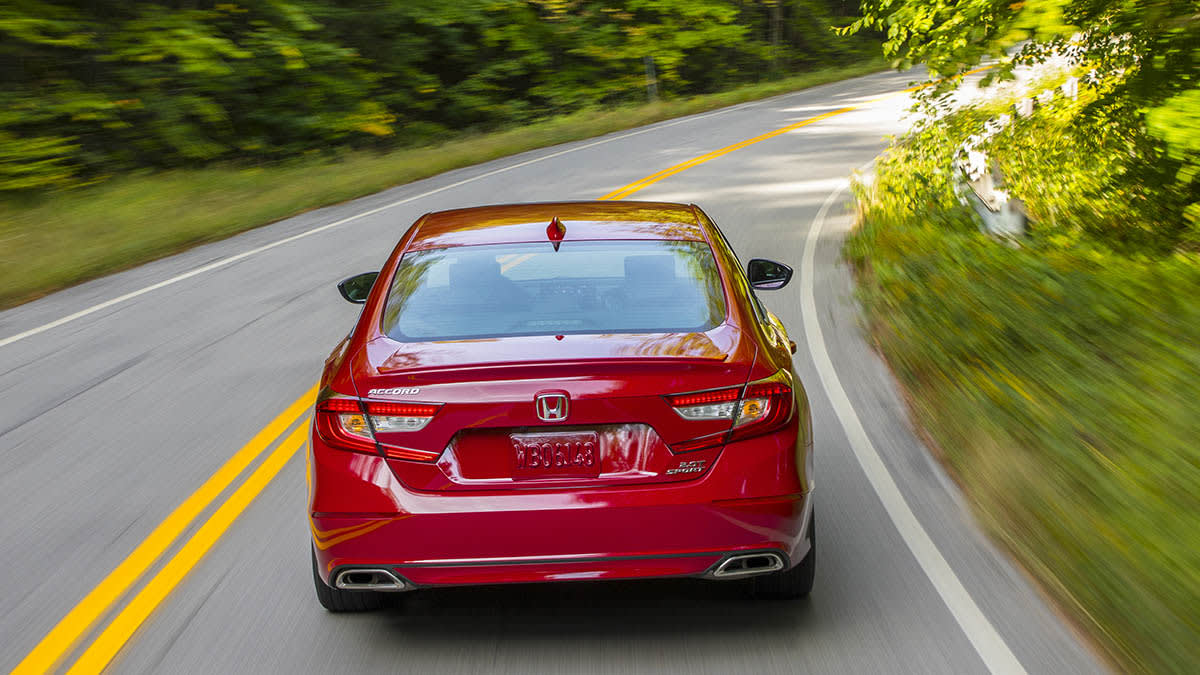Except for Honda...No, @dspecMY was complaining about cruise control being a hot mess. S/he never said they weren't doing anything about it, just that they haven't managed to get a working adaptive cruise in 10 years and wasn't holding out hope. You said they are fixing it - with FSD beta and I pointed out that virtually every other car maker has had a fully functional adaptive cruise for the last 10 years. I never said anything about 'dumb' cruise.
You may feel obligated to defend Tesla's failure in this area, but the fact of the matter is a production release of FSD is quite some ways off and in the mean time Tesla is lacking a (fully functioning) feature that has become standard on cars costing a quarter of the cost.
Awe forget it you're on a roll



